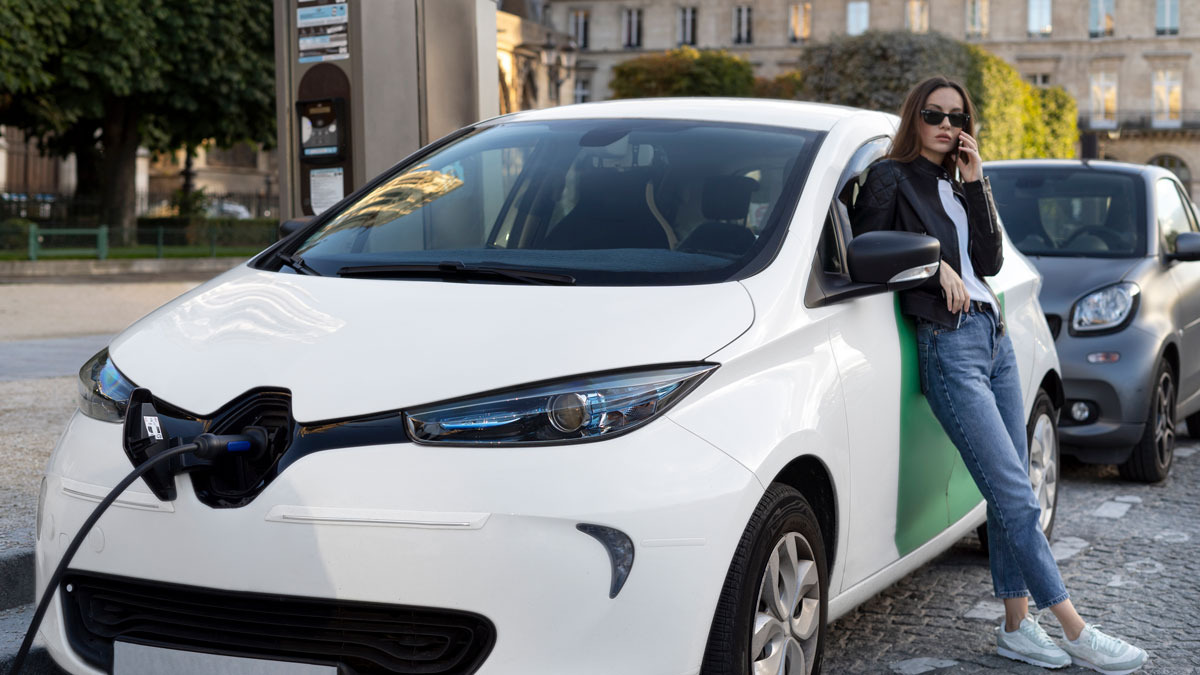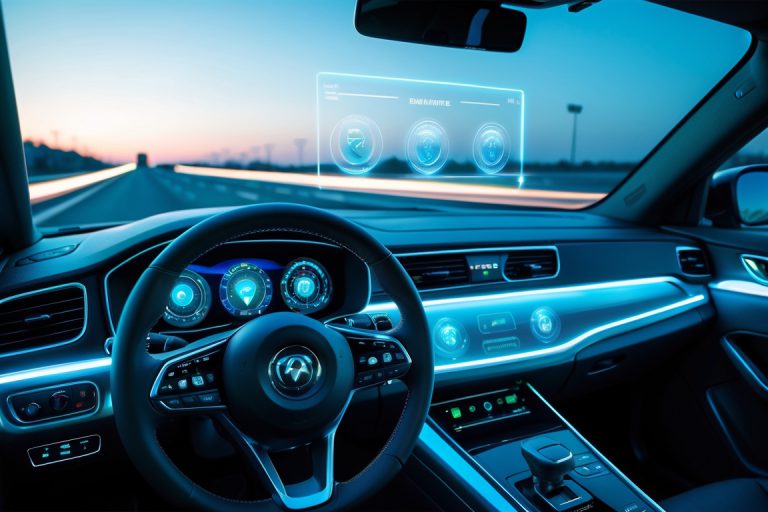The automotive industry has undergone a remarkable transformation in the past century, with changes in car design reflecting shifting consumer tastes, technological advancements, and evolving societal values. From the raw power and simplicity of classic muscle cars to the sleek sophistication of modern luxury vehicles, car design has adapted to meet new demands in performance, safety, and aesthetics. Let’s take a closer look at how car design has evolved over the years.
The Birth of the Muscle Car: Power and Performance (1960s – 1970s)
The 1960s and 1970s marked the golden age of muscle cars, vehicles designed for power, speed, and brute strength. Muscle cars were primarily American-made, such as the Ford Mustang, Chevrolet Camaro, and Dodge Charger, known for their aggressive appearance, loud engines, and affordable performance. These cars embodied freedom, rebellion, and the spirit of American culture at the time.
Muscle cars were characterized by their large, V8 engines, wide bodies, and bold lines, reflecting an era focused on horsepower and acceleration. While muscle cars often sacrificed fuel efficiency for performance, their powerful engines and distinct design made them stand out on the road, appealing to enthusiasts and young drivers alike. They symbolized a period of unbridled optimism, as Americans embraced the joy of driving and the open road.
The Rise of Luxury: A Shift Toward Elegance (1980s – 1990s)
As the 1980s rolled in, the automotive industry began shifting towards a new type of consumer vehicle: luxury cars. While performance remained important, the focus began to broaden to include comfort, technology, and prestige. This was the era when manufacturers like Mercedes-Benz, BMW, and Lexus introduced vehicles that balanced power with refined luxury.
Luxury cars of the ’80s and ’90s featured smooth, aerodynamic lines, plush interiors, and advanced technology. These vehicles were built to offer a superior driving experience, with features like leather seats, high-end sound systems, and enhanced safety measures. The design language became more sophisticated, with vehicles moving away from the boxy shapes of earlier models to sleeker, more streamlined profiles.
One of the significant milestones in this era was the introduction of the Lexus LS 400 in 1989, a model that set a new standard for luxury sedans. With its quiet cabin, advanced technology, and high-performance engine, it marked the beginning of a new era in luxury automobile design, one that would influence future vehicles.
The Impact of Technology: Integration of Innovation (2000s – Present)
The turn of the millennium saw the rise of technology as a major driving force behind car design. New safety features, such as airbags, anti-lock braking systems (ABS), and electronic stability control, became standard in vehicles. Manufacturers began to prioritize fuel efficiency and environmental impact, leading to the introduction of hybrid and electric vehicles (EVs).
In terms of design, the 2000s introduced sleeker, more minimalist aesthetics, often emphasizing clean lines and advanced materials. Car designers focused on reducing vehicle weight without compromising safety or durability. The exterior styling of cars became less about imposing physical presence and more about aerodynamic efficiency and futuristic looks.
The emergence of electric vehicles like the Tesla Model S brought another significant change to automotive design. EVs are not just an alternative to traditional gas-powered vehicles—they represent the future of car design. The lack of a combustion engine allowed for a more open, flexible interior space, enabling designs that were more spacious, quiet, and technologically integrated. Tesla’s minimalist interior, dominated by a central touchscreen, marks a sharp contrast from the more traditional dashboards filled with buttons and knobs.
Moreover, advanced driver-assistance systems (ADAS), such as adaptive cruise control, lane-keeping assist, and autonomous driving capabilities, are now a focal point in modern vehicles. These technologies, combined with sophisticated infotainment systems, make driving safer and more enjoyable. Additionally, the increasing use of sustainable materials like recycled plastics, vegan leather, and natural fibers aligns car design with growing concerns over environmental impact.
The Future: Autonomous Vehicles and Beyond
Looking ahead, the future of car design will be dominated by autonomous vehicles, electric powertrains, and sustainability. As self-driving cars become a reality, the interior design of cars will undergo a transformation. Without the need for drivers to focus on the road, the car’s interior could evolve into a living space, offering more comfort, entertainment options, and personalized environments.
Moreover, automakers are pushing the boundaries of sustainable design by using recyclable materials and focusing on reducing the carbon footprint of production processes. The concept of “green” cars will continue to shape the future, as consumers become more conscious of the environmental impact of their purchases.
Conclusion: A Journey of Innovation and Elegance
The evolution of car design is a reflection of both technological advancements and changing societal needs. From the muscle cars of the 1960s to the luxurious, tech-savvy vehicles of today, automotive design has continually adapted to meet new demands for performance, comfort, and environmental responsibility.
As the industry moves towards fully electric, autonomous, and environmentally conscious vehicles, it’s clear that car design will continue to evolve. The future will likely bring even more innovative designs, combining sustainability, safety, and style in ways we can’t yet fully imagine. Whether for performance or luxury, today’s vehicles are a testament to decades of innovation and a clear reflection of what drivers value most.














